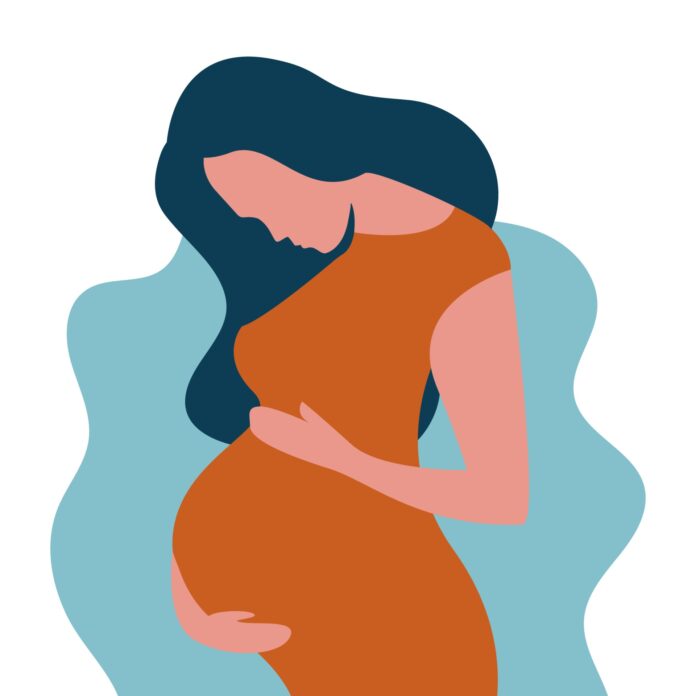
Pregnancy is a beautiful and transformative journey, but it can also bring about various health challenges, one of which is preeclampsia. Preeclampsia is a serious pregnancy complication that affects around 5-8% of pregnant women globally.
While it typically occurs after the 20th week of pregnancy, it can sometimes develop earlier. Preeclampsia is characterized by high blood pressure and damage to organs, typically the liver and kidneys. Left untreated, it can have severe consequences for both the mother and the baby.
Recognizing the signs and symptoms of preeclampsia is crucial for early intervention and a successful outcome. In this article, we will explore some of the key signs of preeclampsia that all expectant mothers should be aware of.
1High Blood Pressure (Hypertension)
The hallmark sign of preeclampsia is elevated blood pressure. Blood pressure measures the force of blood against the walls of the arteries, and it is an essential component of overall health. During pregnancy, it’s normal for blood pressure to experience slight fluctuations, but excessively high blood pressure is a red flag. Hypertension in pregnancy is defined as a blood pressure reading of 140/90 mm Hg or higher.
High blood pressure during pregnancy can be harmful to both the mother and the developing fetus. If you have a history of hypertension or other risk factors, such as obesity or gestational diabetes, your healthcare provider will monitor your blood pressure closely throughout your pregnancy. However, even women with no prior history of high blood pressure can develop preeclampsia.












